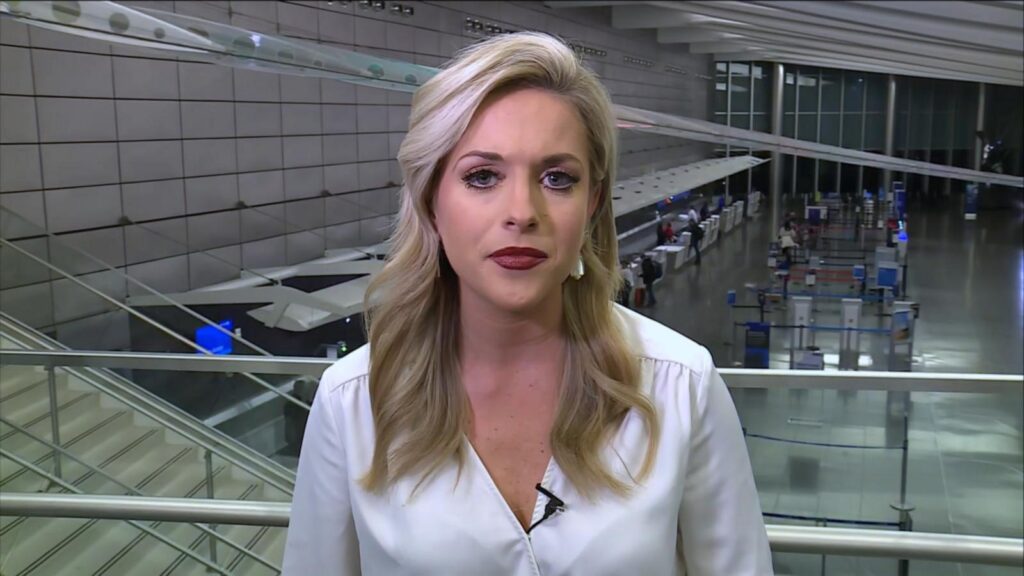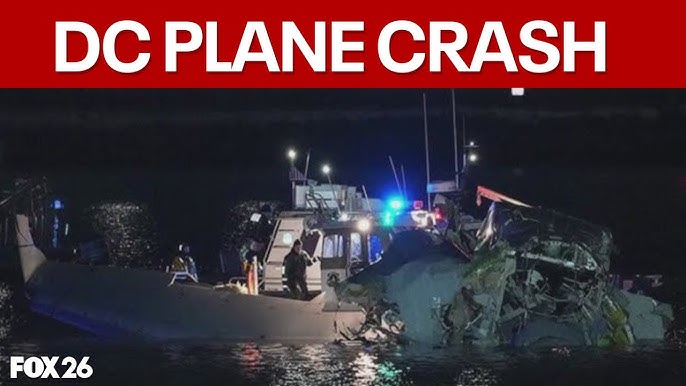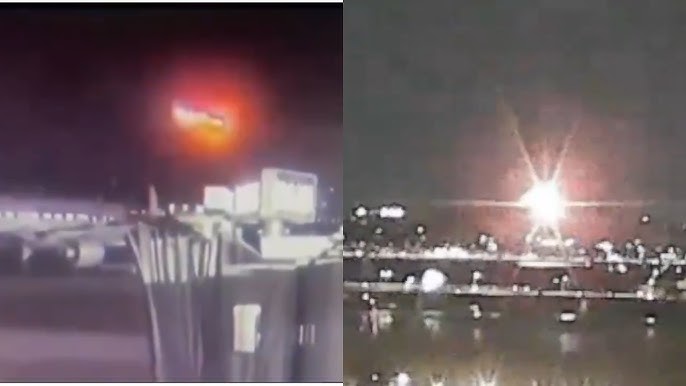A tragic mid-air collision in Washington, D.C., has left the nation in shock. On the evening of January 29, 2025, a passenger plane and a military helicopter collided over the Potomac River, resulting in a catastrophic loss of life. This incident has raised concerns about aviation safety and airspace regulations, prompting an immediate investigation.
The Aircraft Involved

The accident involved an American Eagle Bombardier CRJ701ER, operating as Flight 5342, which was on its final approach to Ronald Reagan Washington National Airport. The plane had departed from Wichita, Kansas, carrying 60 passengers and four crew members. The second aircraft was a U.S. Army UH-60 Black Hawk helicopter from the 12th Aviation Battalion, conducting a routine training mission with three military personnel on board.
How the Plane and Helicopter Crash Occurred

At approximately 8:47 p.m. EST, both aircraft were flying in controlled airspace near the Potomac River when the collision occurred. Witnesses reported seeing a sudden explosion in the sky, followed by debris falling into the river. Emergency responders arrived swiftly, but the crash was unsurvivable.
Preliminary reports suggest that miscommunication between air traffic controllers and the pilots may have contributed to the accident. Investigators are also looking into potential mechanical failures and whether bad weather played a role in the tragedy.
Casualties and Victims
Sadly, all 67 individuals aboard both aircraft lost their lives. Among the victims were former world champion figure skaters Evgenia Shishkova and Vadim Naumov, who were returning from a figure skating development event. Their deaths have deeply affected the sports community. The military personnel aboard the Black Hawk were highly trained professionals serving their country, making the loss even more tragic.
The Investigation and Safety Concerns
The National Transportation Safety Board (NTSB) and the Federal Aviation Administration (FAA) have launched an in-depth investigation into the collision. Flight data recorders from both aircraft have been recovered and are currently being analyzed. Investigators are focusing on factors such as:
- Air traffic control communication and possible human error
- Military and civilian aircraft coordination
- Any technical malfunctions in either aircraft
This crash has sparked a broader conversation about aviation safety in shared airspace, especially near busy airports like Reagan National.
Plane and Helicopter Crash Dc Full Video
Government and Public Reaction
President Donald Trump addressed the nation, expressing deep sorrow for the victims and their families. He also called for a review of air traffic control policies, questioning whether current FAA regulations are stringent enough to prevent such incidents.
The public has reacted with grief and frustration, with many questioning how such a disaster could happen in controlled airspace. Aviation experts emphasize that while such mid-air collisions are rare, they underscore the importance of continuous improvements in safety protocols.
Moving Forward
As investigations continue, aviation authorities will likely recommend stricter airspace regulations to prevent similar tragedies. Potential changes may include enhanced coordination between civilian and military flight operations, improved radar technology, and stricter air traffic control training.
The Washington, D.C., plane-helicopter collision is a heartbreaking reminder of the risks in aviation. While air travel remains one of the safest modes of transportation, this tragedy highlights the need for constant vigilance, technological advancements, and stringent safety measures to ensure such disasters do not happen again.
Our thoughts are with the families and loved ones of the victims during this incredibly difficult time.
